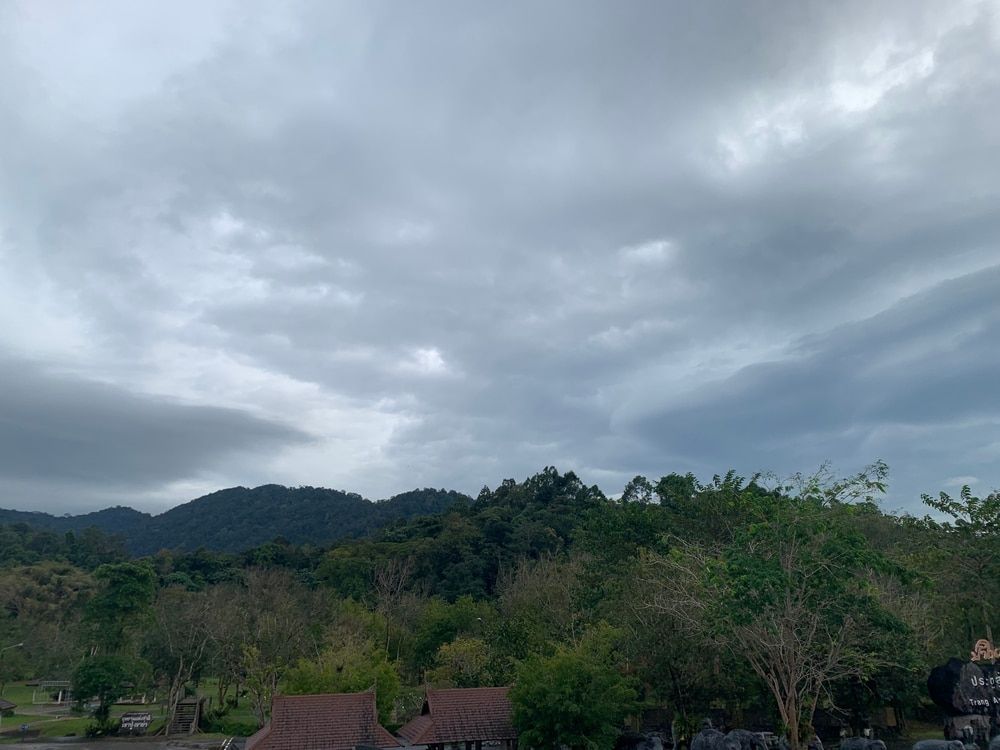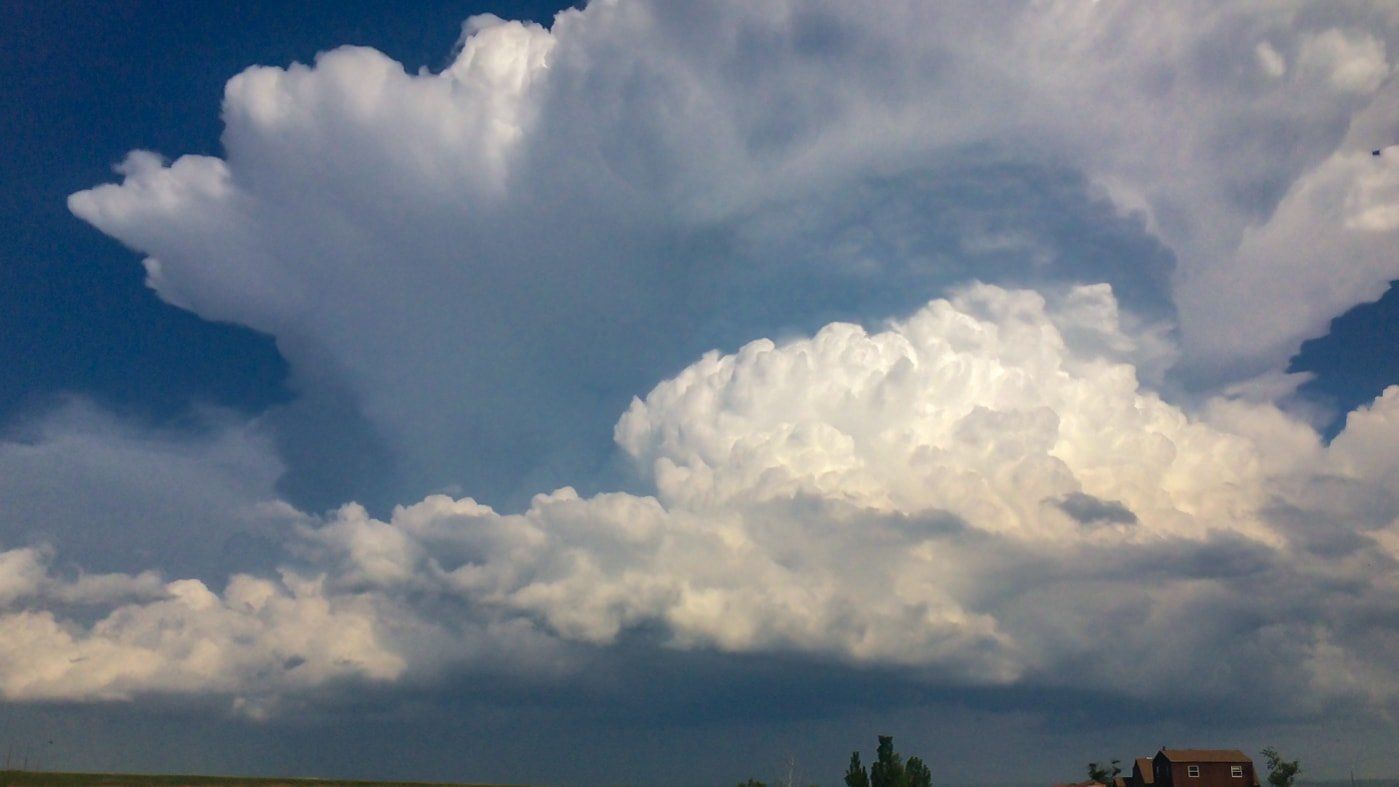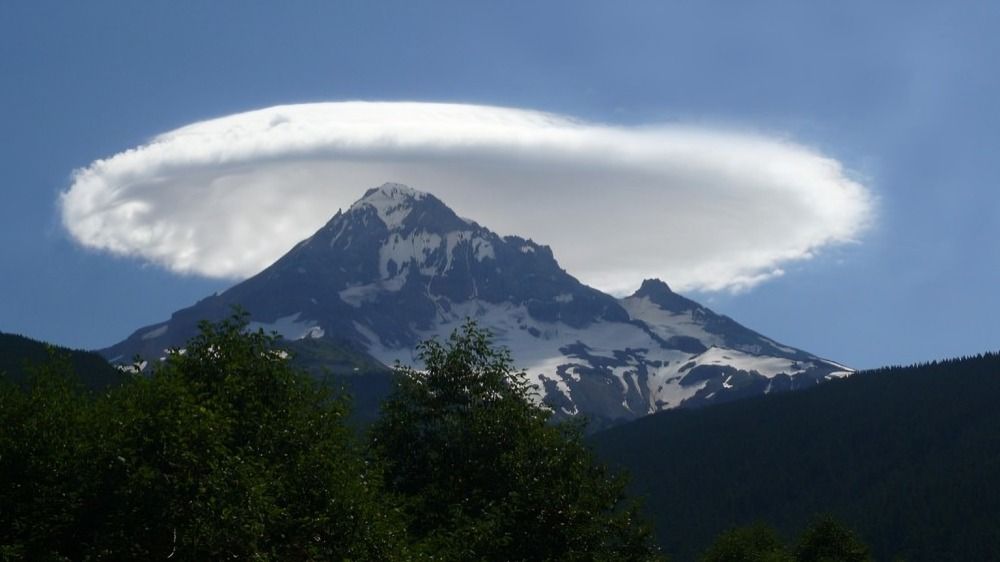
“
Cloudy weather occurs when the sky is covered by layers of clouds. These clouds can take different forms, such as fluffy cumulus clouds, flat stratus clouds, or mid-level altostratus and altocumulus clouds. Each type of cloud has its own unique appearance and characteristics. Exploring the world of clouds can be both fascinating and fun for kids. Understanding the types of cloud formation helps us appreciate the science behind these beautiful sky features.1
1
”
A cloud consists of tiny water droplets or ice crystals suspended in the air. It forms when water evaporates from land or oceans, rises, cools, and condenses back into liquid droplets. 1
A ceilometer determines the height of a cloud base using laser or other light sources. It can also measure aerosol concentration within the atmosphere. Additionally, meteorologists use ceiling balloons during daylight hours to determine cloud base height above ground level.2
Luke Howard, an amateur meteorologist, proposed a cloud classification system in 1802. He named the three principal cloud types: cumulus (meaning “heap”), stratus (for “layer”), and cirrus (resembling a “curl”). 3
In December 2018, a NOAA/NASA satellite captured an infrared temperature of 161.96 K during a storm cluster in the tropical West Pacific. The cloud tops reached stratospheric altitudes, exceeding 20.5 km (12.7 mi) above sea level. These phenomena, called overshooting tops.4

Nimbostratus clouds are thick, dark clouds that bring continuous precipitation over large areas but do not typically extend vertically. They cover the sky extensively, leading to prolonged overcast and rainy conditions.
The highest clouds that form in the mesosphere are Noctilucent clouds, also known as “night-shining clouds,” typically around 50 to 85 kilometers (31 to 53 miles) above Earth’s surface. 5
NASA employs a combination of satellites and computer technology to investigate clouds. According to their studies Mars contains Earth-like water clouds, other planets exhibit diverse cloud compositions. For instance, Jupiter’s clouds consist of ammonia gas. 6

Cumulonimbus clouds, which are often linked to thunderstorms, can soar to impressive heights of up to 60,000 feet (approximately 18.2 kilometers). This makes them the tallest among all cloud types.
High-altitude clouds over polar regions contribute to the depletion of the ozone layer. These clouds play a critical role in the chemical processes leading to ozone destruction. 7
The terrestrial planet with the most extensive cloud cover is Venus.Venus, our neighbouring planet, is 100% covered by a thick layer of sulfuric acid clouds, while Earth’s cloud covers around 67% at any given time. 8
Cloud seeding is a weather modification technique that aims to enhance precipitation by introducing ice nuclei into specific clouds. It can be done using aircraft or ground-based generators, with substances like silver iodide or dry ice. 9
Cloud droplets, with an average diameter of approximately 0.02 millimeters, are remarkably tiny—about 50 times smaller than raindrops. These minuscule water particles play a crucial role in cloud formation and atmospheric processes. 10
Night-shining clouds are found in the mesosphere, visible only during astronomical twilight. Noctilucent clouds form at very high altitudes and are illuminated by the sun below the horizon. 11
Clouds can appear red, orange, or pink during these times due to the specific angle of sunlight. As the sun nears the horizon, its light passes through more air molecules, which further scatter shorter wavelengths, creating a warm, reddish hue.12

Lens-shaped clouds often form near mountains, indicating strong turbulence and updrafts. Lenticular clouds are stationary and can appear stacked in a series.
Dense cumulus clouds formed above intense wildfires, sometimes leading to firestorms. Pyrocumulus clouds can contribute to the spread and intensity of wildfires.13
A cloud forest, also known as a water forest, is a generally tropical or subtropical, evergreen, montane, moist forest. It is characterised by a persistent, frequent, low-level cloud cover, usually at the canopy level. 14
Clouds typically move at an average speed of 50 km/h (30 mph), but at higher altitudes, they can reach speeds of up to 160 km/h (100 mph). 15
Clouds play a crucial role in maintaining Earth’s habitability. They can cool the planet by reflecting sunlight, and also provide warmth on cold, cloudy nights. Additionally, clouds influence water distribution and rainfall patterns across the globe. 16
Do you know? Fog is also a cloud that forms near the ground. It results from condensation of water vapour. Fog often reduces visibility significantly.17


